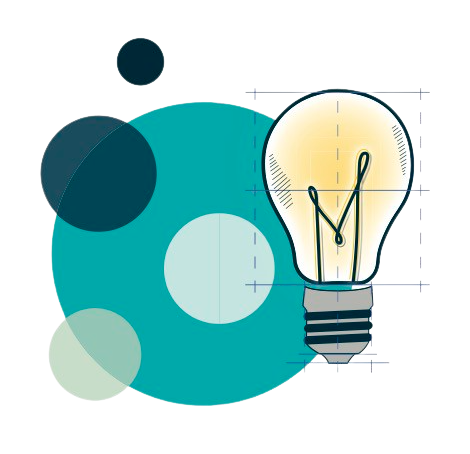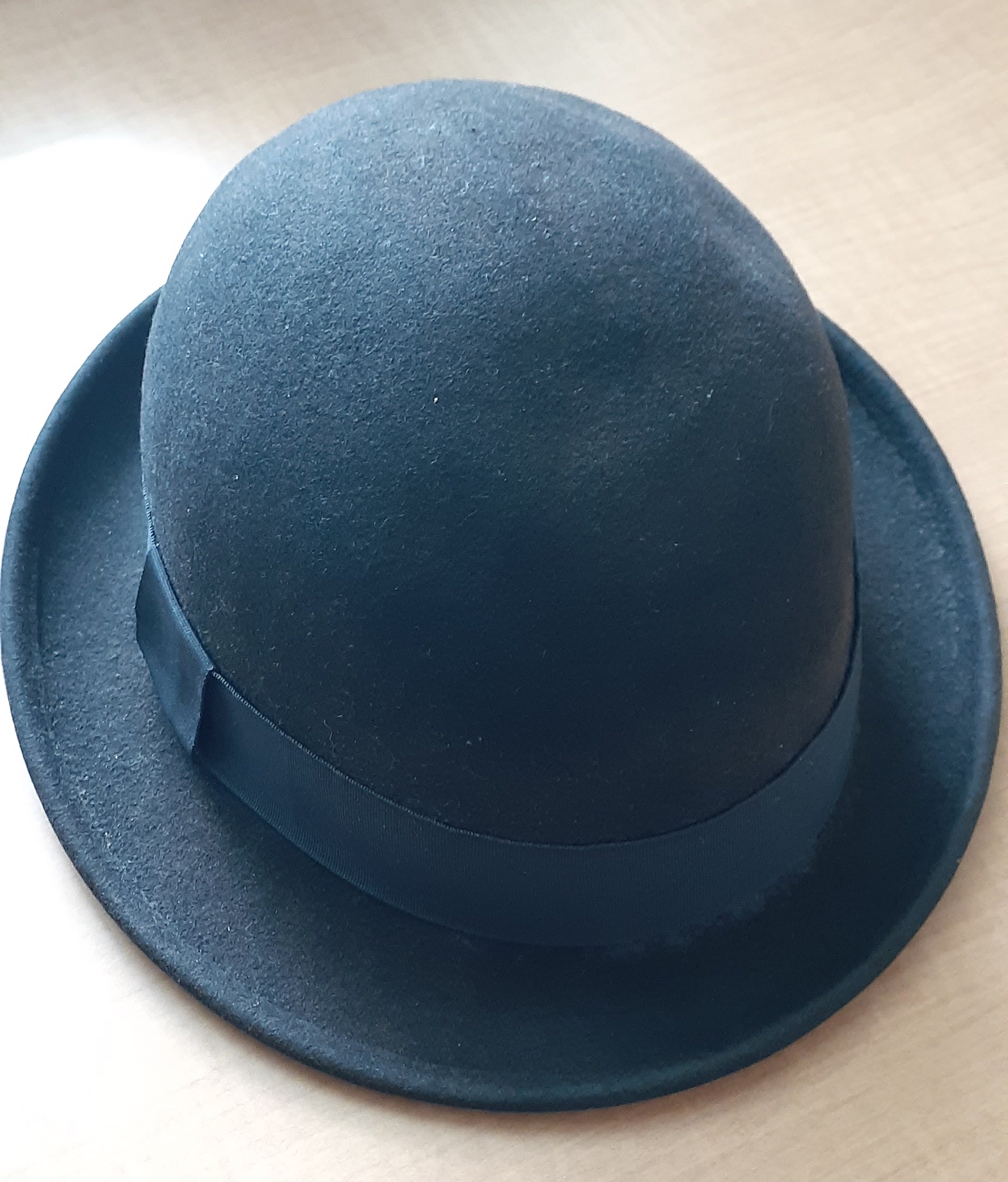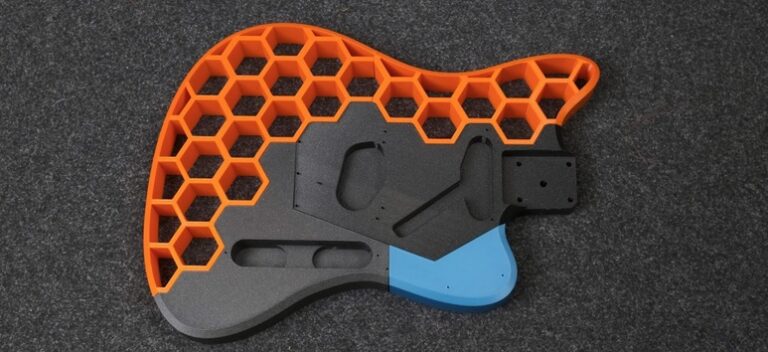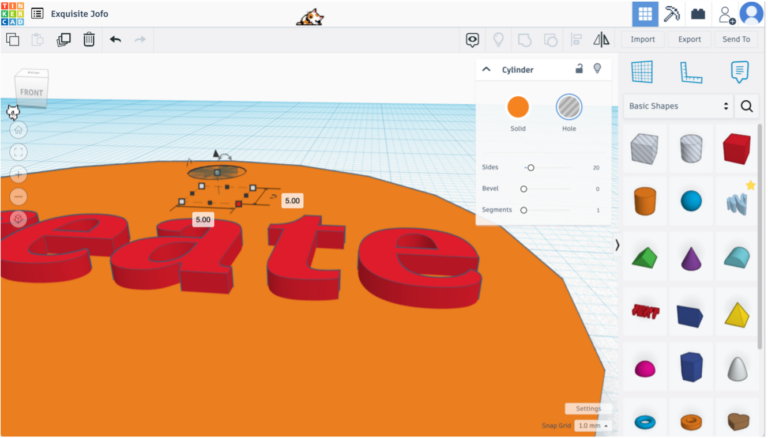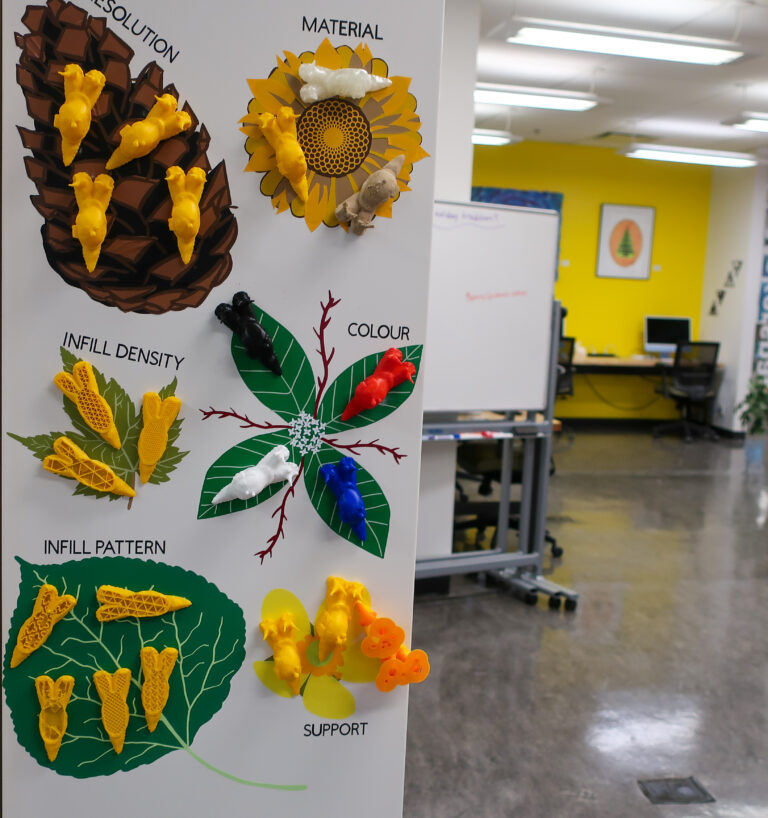Virtual Realities: Getting your head in the game
Virtual Reality (VR) has been in the news recently as medical experts try to use it to help treat conditions that affect balance, breath, and cognition. In light of the overdose epidemic, some even believe it can replace opioids and other pharmaceuticals in pain management.
Philosophically, VR is interesting for what it shows us about our experience of embodiment and how flexible the brain is at incorporating new sensory inputs as part of its extended self. Even without VR, the brain tries its hardest to understand what is and isn’t part of our bodies, as can be seen in the “Rubber Hand Illusion.” At a physiological level, virtual and physical inputs are the same to the brain. They’re all virtual inputs.
I’ve been a gamer since I was five, and so was curious about the Makerspace’s VR rooms. As I learned the equipment by helping people learn the equipment, it became apparent that much of what is taken as “intuitive” in gaming is anything but. There are now decades-old traditions in video game design of how virtual spaces “should” and “shouldn’t” feel, how players interact with them and make their virtual avatars into extensions of themselves. But not everyone has grown up with those conventions, and the conventions for VR have yet to fully stabilize. Being able to “move” your virtual hands in real time, but having to click on a place on the ground ahead of you to move from one location to another, for example, has yet to feel really intuitive to me. That said, it is an understandable way to stop people from running into walls in the real world!


I was helping a visitor start to play Beat Saber while still learning the game myself when we ran into a bit of a problem. Beat Saber is a game that has the player swing their controllers to hit virtual cubes to the tune of a funky rhythm. I’m familiar with rhythm games, but I didn’t exactly know what to expect of them in a VR setting.
Beat Saber has no in game tutorials*. Our poor visitor just kept losing almost immediately. What gave?! They were moving their hands to where the blocks were one time.
After a bit they got frustrated and offered me the controls.
I’m not always the most spatial of reasoners. I needed to play to learn.
With the controllers in my hands and the headset on my head I realised pretty quickly that it wasn’t just about hitting the blocks: some had arrows on them that needed to be hit at a specific side or angle. I got funky with my lightsabers for a while and was doing pretty well, until the game presented me with new challenges: walls and cracking distortions.
Then I kept losing. And losing. And losing.
Now it was my turn to get frustrated.
I lost some more. And finally, moving my body every which way like a puppet poorly played, I finally realised it:
My head is in the game!
My head is in the game!
It wasn’t just my hand positions that the game was picking up on, but the position of the VR headset itself.
Could I have looked this up easily online? Yes. Did I think to in the moment as I wiggled and squirmed in virtual space? Not. At. All.
I thought I knew gaming, but gaming is changing.
And that’s part of the point of design. It takes a great deal of thought, research, and testing to arrive at something that seems intuitive, and even that is a moving target as cultural norms and patterns of use change.
It is a lesson I shall not soon forget the next time I start to lose my head in frustration.
*Tutorial can be found in Beat Saber’s menu
